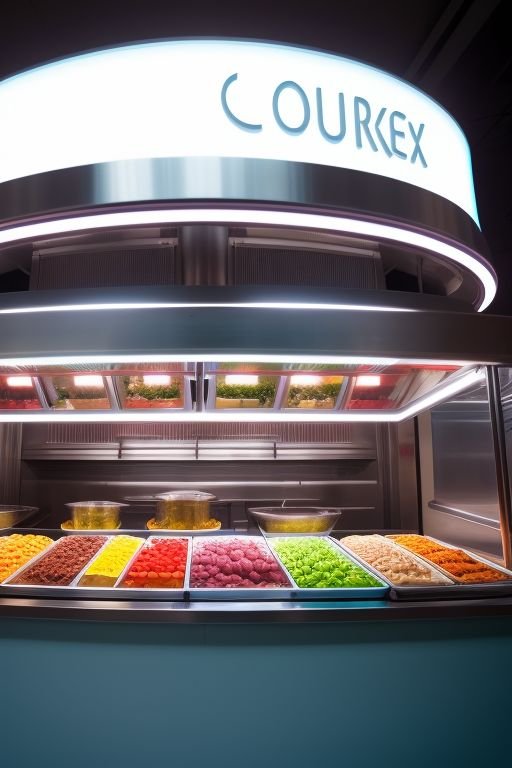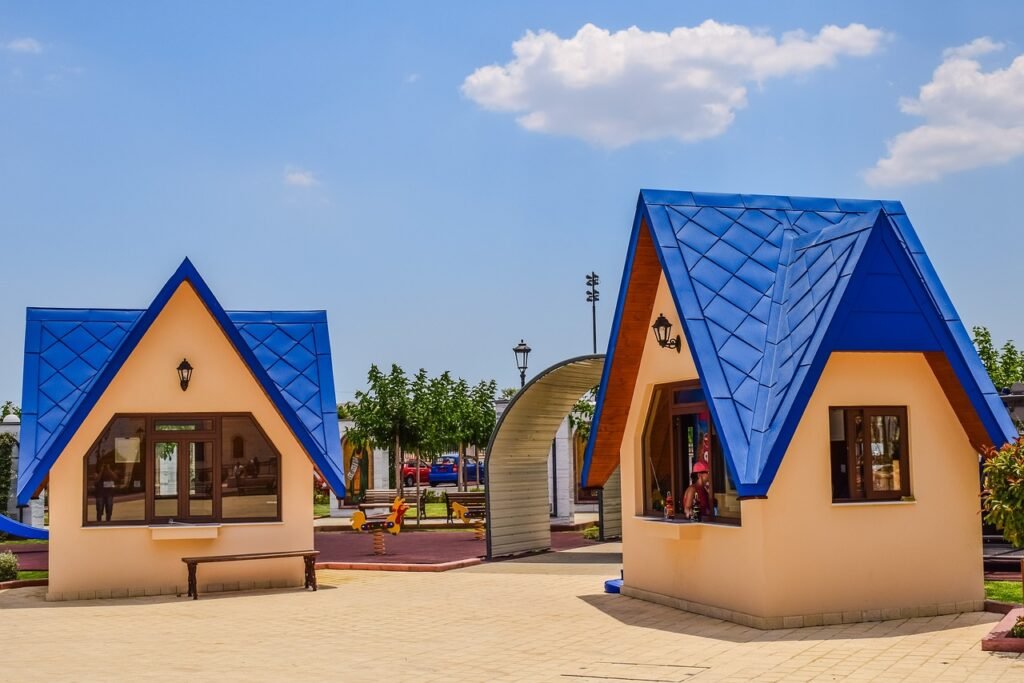When it comes to food kiosk design, there are several factors to consider in order to create a space that is both visually appealing and functional.
Whether you are setting up a kiosk in a mall, a food court, or an outdoor event, the design of your kiosk plays a crucial role in attracting customers and maximizing your business potential.
Define Your Concept
The first step in designing a food kiosk is to clearly define your concept.
What type of food will you be serving?
Who is your target audience?
Understanding your concept will help you make design decisions that align with your brand and attract the right customers.
Optimize the Layout
Efficient use of space is essential in a food kiosk design. Consider the flow of customers and staff within the kiosk.
Position the cooking and preparation areas strategically to maximize efficiency and minimize wait times.
Ensure that there is enough space for customers to comfortably order and enjoy their food.
Choose the Right Materials
When selecting materials for your food kiosk, it is important to choose options that are durable, easy to clean, and comply with health and safety regulations.
Stainless steel is a popular choice for countertops and cooking surfaces due to its durability and hygiene properties.
Consider using materials that are not only functional but also visually appealing to create an inviting atmosphere.

Incorporate Branding Elements
Your food kiosk design should reflect your brand and create a cohesive experience for customers.
Incorporate your logo, color scheme, and other branding elements into the design.
This can be done through signage, menu boards, and even the uniforms of your staff.
Consistent branding helps customers recognize and remember your kiosk.
Prioritize Lighting
Lighting plays a crucial role in creating an inviting atmosphere and highlighting your food offerings.
Consider using a combination of ambient, task, and accent lighting to create the desired ambiance.
Natural light can also enhance the overall experience. Ensure that your food is well-lit and visually appealing to customers.
Display and Presentation
The way you display and present your food can greatly impact customer perception and sales.
Use attractive and functional display cases, shelving, and serving equipment to showcase your offerings.
Consider incorporating elements such as chalkboard menus, fresh ingredients, or eye-catching food photography to entice customers.
Create a Comfortable Seating Area
If space permits, consider incorporating a seating area near your food kiosk.
This allows customers to comfortably enjoy their food and encourages them to stay longer.
Choose seating options that are comfortable, easy to clean, and complement the overall design of your kiosk.

Consider Accessibility
Ensure that your food kiosk design is accessible to all customers, including those with disabilities.
Consider wheelchair accessibility, clear pathways, and appropriate counter heights.
Adhering to accessibility guidelines not only benefits your customers but also demonstrates your commitment to inclusivity.
Pay Attention to Signage
Clear and attractive signage is essential in attracting customers to your food kiosk.
Use signage to communicate your menu, prices, and any special offers.
Consider using digital displays or chalkboard signs that can be easily updated to showcase daily specials or new menu items.
Regular Maintenance and Upkeep
Once your food kiosk is up and running, it is important to prioritize regular maintenance and upkeep. Regularly clean and sanitize the kiosk to ensure a hygienic environment.
Keep an eye out for any repairs or maintenance needs and address them promptly to avoid any disruptions to your business.
Designing a food kiosk requires careful consideration of various factors such as concept, layout, materials, branding, lighting, display, seating, accessibility, signage, and maintenance.
By paying attention to these aspects, you can create a visually appealing and functional space that attracts customers and enhances your business success.



